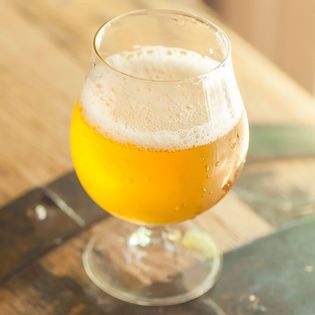Judging American Wild Ales and traditional European Sour Ales can be a tricky business. Being familiar with the wide assortment and possibility of flavor compounds and a keen ability to understand how they work (or don’t work) together takes experience and training. Which can be challenging when suitable commercial examples are hard to come by in some areas. Additionally, homebrewers that utilize a mixed fermentation, Brettanomyces, and/or souring bacteria in their beers can be a fairly passionate group. Producing beers that can sometimes be years in the making with expression as intricate as stained glass. Given all this, judging can sometimes be hard to navigate for the novice or uninitiated. To help with this, the BJCP Communications Team decided to ask a few experts their views on best practice when judging these styles.
Michael Tonsmiere is the author of American Sour Beers , owner of Sapwoods Cellars Brewing Company, and produces the Mad Fermentationist Beer Blog, Jeff Mello is the CEO/Founder/Chief Yeast Wrangler at Bootleg Biology in Nashville, Tennessee, and Dan Pixley is an avid homebrewer and the main editor of the Milk The Funk wiki. This article is a continuation of a previous interview with Michael Tonsmiere. Answers have been modified slightly for clarity and focus.
-
Are there differences to judging European Sour Ales and American Wild Ales versus other more traditional BJCP categories?

Michael Tonsmiere: I think of American Wild Ales as being as open as possible. There aren’t “better” and “worse” Brett characters, “pineapple” and “horse blanket” are equally good, it just comes down to the balance, and supporting flavors/aromas. For the European “classics” there are certainly more and less appropriate/traditional expressions for each (a bit “cherry” Brett funk is more at home in a Flemish Red than a Lambic).
Dan Pixley: I don’t really believe that there is some sort of major underlying difference between judging categories 23 and 28 versus other categories of beer if you are judging based on the BJCP. There are certainly nuances that make judging these styles more difficult for some judges…like understanding the flavor difference between acetic acid and lactic acid, or understanding when “funky” flavors are out of balance and when they are acceptable. …It’s just a reality that some styles are less popular with judges than others , and thus less understood, and that is where the challenge comes in…. If you are a judge and you want to improve your competency in judging these styles, seek them out and drink them. Talk to brewers who brew them, or even better, brew them yourself… I can’t count the number of complaints from brewers in Milk The Funk about sour beers being judged poorly in competitions, and I know that some of these folks are great at brewing sour beers.
-
What are some of the elements you’re looking for in a beer entered into category 28, American Wild Ale?
Michael Tonsmiere: The longer I brew and drink sour beers, the more I appreciate drinkability. Don’t be swayed by the first sip. What may be a “wow” or “eww” can transform into “difficult to drink” or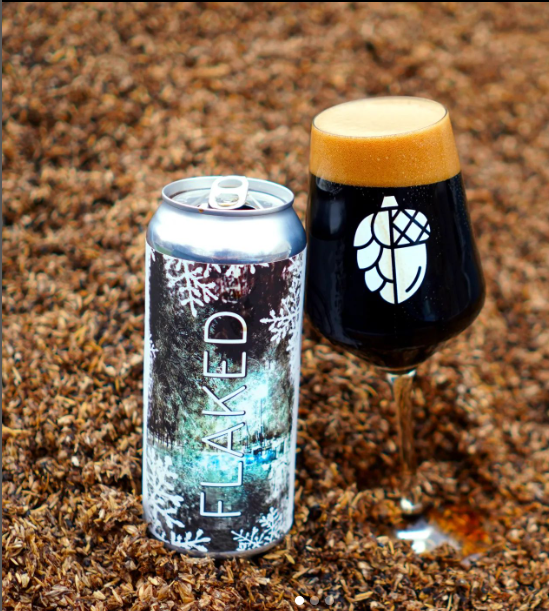 “intriguing.” A beer that is too sour to consume more than an ounce or two is too acidic (even if it isn’t noticeable acetic). A great sour beer should be drinkable, harmonious, and layered. If you get the same strong flavor on each sniff and sip, it isn’t exceptional. Look for beers that call for another taste, but that aren’t grating or one-dimensional…Most sour beers should be session beers, the sort of thing that you want another pour of… not something that is unique but difficult to drink.
“intriguing.” A beer that is too sour to consume more than an ounce or two is too acidic (even if it isn’t noticeable acetic). A great sour beer should be drinkable, harmonious, and layered. If you get the same strong flavor on each sniff and sip, it isn’t exceptional. Look for beers that call for another taste, but that aren’t grating or one-dimensional…Most sour beers should be session beers, the sort of thing that you want another pour of… not something that is unique but difficult to drink.
Dan Pixley: In any mixed fermentation beer with or without lactic acid bacteria, I am first looking for the acidity level and the type of acidity. Is the beer too acidic to be drinkable? Is the beer’s style expecting acidity, and is there an appropriate amount? What type of acidity is it, is it fruity (lactic) or is it harsh and vinegary (acetic)? In high amounts, acetic acid is generally not pleasing (Flanders Red is an exception, however, almost no one brews Flanders Reds in the same way as the Belgians do with a sweetness that balances the acetic sourness). I look for any burn in the throat as an indicator of having either too much acetic or lactic acid because in my experience, if the beer burns going down, then it is difficult to get through an entire glass.
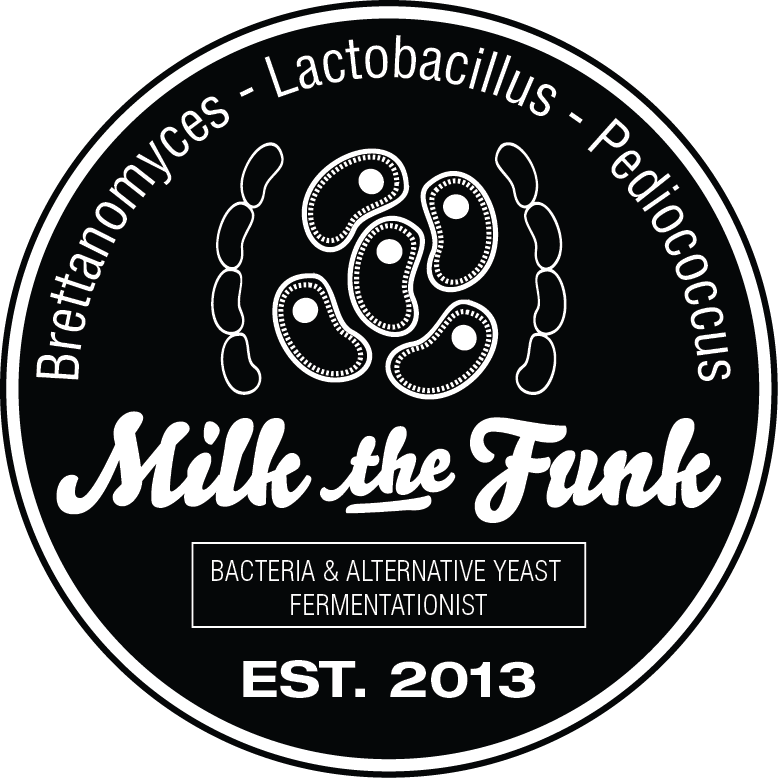
Another big thing to look for is subtle complexity in flavors. This is probably the most difficult thing to judge because it requires the judge to drink a lot of commercial examples and try to take notes on different flavors that are present in the beers they drink. There is a fine line between complexity and imbalance of some flavors found in mixed fermentation beers. For example, a light smokey phenol might be a pleasant balance against the fruity esters and acidity in a beer, but too much of it might be a distraction. Try not to get hung up on these nuances if they are detected… Lastly, understand that complexity in mixed fermentation beer can also come in the form of fruity esters. Practice picking out different fruity characteristics from esters in commercial examples, and putting descriptors to those flavors.
-
What are the differences (if any) between judging established styles with a long history like those in European Sour Ales versus a more wide open category like American Wild Ale.
Michael Tonsmiere: American Wilds require more of a judgment call on whether the flavors mesh. In that case, really think about what they indicated as their intent. A deep knowledge of fruits, herbs, spirits, wines, etc., can come into play as brewers creating wild ales are more likely to pull from the fermentation back catalog of ingredients.
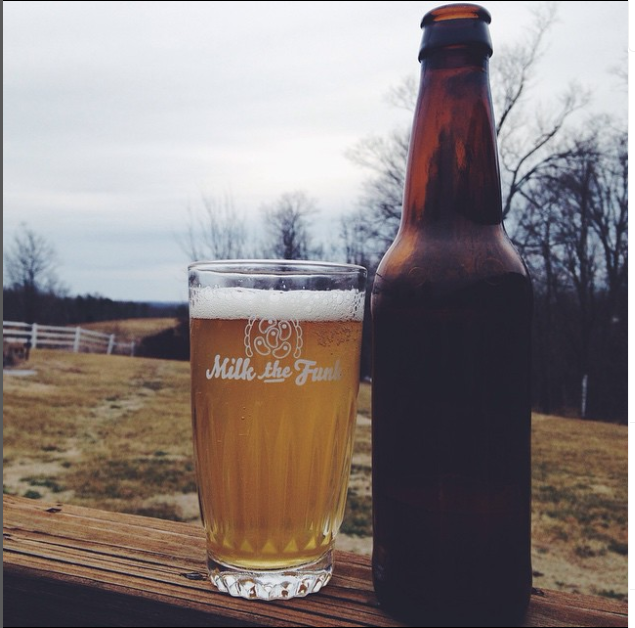
Dan Pixley: This is a very difficult question, and it is one that I have thought about a lot. Any experienced drinker of Belgian lambics and gueuze will tell you that for the most part, American Wild Ales (or sour beers in other countries) generally do not match up with the flavor profile of Belgian lambic and gueuze…My advice here is to simply go by what is written in the BJCP (guidelines). I believe that your job is…to judge the beers based on what those guidelines say…In general, European Sour Ales are more narrowly defined, so those narrow guidelines should be reviewed closely when judging those styles.
Jeff Mello: European beer tends to be steeped in tradition but Americans tend to look for new flavors and blending elements of styles together. US brewers love classic beers, but aren’t always necessarily looking to recreate them. When we work with brewers in selecting microbes, we start with a flavor profile, and then try to select the microbes that will get them to that goal. American styles generally focus heavily on a specific flavor profile, such as citrus, or funk, rather than a beer that is a blend of many flavors. American beers tend to be more acidic than European styles.
profile, and then try to select the microbes that will get them to that goal. American styles generally focus heavily on a specific flavor profile, such as citrus, or funk, rather than a beer that is a blend of many flavors. American beers tend to be more acidic than European styles.
-
When judging a mixed fermentation beer (28b), what consideration do you give to how these microbes may affect the base style?
Michael Tonsmiere: I’d start by thinking about whether the base style is suited to the microbes chosen (stated or indicated by the flavors). There are some hoppy, smoked, spiced, roasty, etc., beers that can take to funk and acid… but it requires a deft hand. More often the best examples “make sense” balancing the malt and hop character against the fruity, funky, and tart character produced by the Brett, Lacto, Pedio and friends. 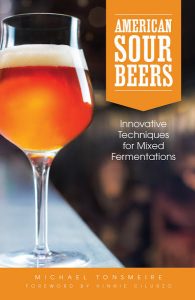
In general the mixed-fermentation results in:
-Lower sweetness (as the microbes attenuate dextrins).
-Changed ester and phenol character (e.g., Brett breaks down isoamyl acetate and 4VG).
-Increased fruitiness, funkiness, acidity, carbonation, etc.
Jeff Mello: The microbe used is very important to the base style. Take Pedio v. Lacto for example: a sour brown ale may do well with Pedio having a softer lactic acidity v. Lacto being sharper, or certain strains of Brett producing some acetic or tropical notes. Funk Weapon #1 (a commercial yeast offered by Bootleg) is an example of a culture that is more “traditional” flavor profile to use in a brown.
Dan Pixley: This is a tough one because the 28B category doesn’t take into account a lot of things. For example, beers with Brettanomyces added to them almost always have fruity flavors that come along with the “funkiness”, and sometimes “funkiness” is absent…Another example is that Brettanomyces tends to degrade a lot of malt flavors, especially sweetness from caramel malt. For example, you should never expect to taste a high level of bread crust or caramel in a brown ale that has Brettanomyces added to it.
Brett also breaks down some esters produced by Sacch like isoamyl acetate, so if a base beer style is expected to have certain esters normally without Brett, do not expect them to necessarily be there if Brett is present. I often refer to a great quote by Chad Yakobson of Crooked Stave in a presentation he made online. He said something to the effect of, “Brett rearranges its environment to suit its preferences; I like ‘you’ so I’ll make more of that flavor, I don’t like ‘you’ so I will catabolize that flavor.” Acidity can also overwhelm other nuanced flavors from hops and malt. For example, in a sour stout, don’t expect to get the same rich chocolate and coffee flavors that you would normally get in a regular stout. The Brett is going to chew through a lot of those flavors and produce other flavors that will cover up some of the malt-based flavors. These things should be expected and are appropriate for these styles. Whether or not they work well for a base style or ingredients that are not often used, that is up to the judge to decide.
-
Outside of obvious faults, what should be the focus of feedback for European Sour Ales and American Wild Ales, are there any differences?
Michael Tonsmiere: Some key tracks for off-flavors…
Too much oxygen exposure for beers that have noticeable vinegar (acetic acid) or nail polish (ethyl acetate). Light can be appropriate, but in most cases it should be extremely faint and only a component of the overall expression.
Too much lactic acidity, even if you don’t taste vinegar none of the beers should be a struggle to drink!
Dan Pixley: …In general, European Sour Ales have a more narrow range in what is acceptable, so be aware of flavors and aromas that are not appropriate to those styles. A big focus for me is to try and gauge drinkability as juxtaposed with complexity with a sour beer. Process can be difficult to critique unless you are familiar with the brewing process for these beers, so be careful with diagnosing the cause of off flavors.
For European styles, “prominent” oaky-woody notes aren’t appropriate as most are aged in old or large (low surface-to-volume) vessels. Oak should be a subtle note, not a big-bold character. American Wilds can be more oak-barrel forward, but again “more” isn’t “better” if the balance isn’t there.
Watch for “weird” off flavors like bandaid, urinal cake, diaper, smokey, etc. Just a hint of something “funky” isn’t a dealbreaker, but more than that generally isn’t appealing or to-style.
Jeff Mello: Cheerios cereal flavor [THP] (typically caused by bacteria/Pedio), acetic acid in heavy quantities.
-
What advice would you give to judges with little to no experience judging these types of beers? Especially in preparation and then during judging? What mistakes should they avoid?
Michael Tonsmiere: Find a local brewery (or homebrewer) who specializes and taste what they have! As with many styles, drinking with a partner who has a “seasoned” palate can help you focus on what works and what doesn’t. That said, trust your senses. If you like sour beers and one seems too sour, that’s OK. As a professional brewer I struggle to keep my beers “drinkable”. These beers should be sessionable, not extreme.
Try not to make a judgment on the first sip or two, especially when judging which can bring a variety of extremes back-to-back. Let your senses reset between samples.
Don’t get hung up on one off-flavor. These beers are so difficult to brew (especially at home) that the brewer deserves some extra consideration! This may be that there are positive flavors underneath one significant off-flavor, or that there are layers of issues that should be addressed. The grain-to-glass timeline for many sours is measured in months if not years, so fixing problems is of special concern with the slow feedback loop.
Jeff Mello: Expanding your flavor palate knowledge. The flavors that you can experience in mixed culture beers are more extreme in variance and complexity, so having a broad vocabulary of descriptors to link those flavors to other foods is very helpful. Also knowing what acidity means to you, because acidity can bring its own flavors.
Dan Pixley: Drink commercial examples and start by putting some descriptors to the things you are tasting. You might be an expert at judging IPA, but judging these styles requires you to start almost at ground zero. If you can, drink them with brewers who make them, or at least with enthusiasts who drink a lot of them. YouTube beer reviews can also be a good resource. …Check out The Beer Temple on YouTube, they have some good sour/lambic beer reviews that you can follow along with and start to learn good flavor descriptors. If there is someone in your club who brews these beers, drink sours with them. Encourage them to also think about the beer and to describe the flavors that they are tasting (not all brewers are good at judging or describing beer either). Don’t be afraid to really nerd out with it. If you are lucky enough to have a local brewery who specializes in these types of beers, try to patronize them and become friends with the bartenders/brewers to exchange flavor notes with them as you drink the beer…
One big common mistake I have seen with judges new to judging sour beers in particular, is their shock at even moderate levels of acidity… Also, if a base beer style is listed, be aware that you won’t find every characteristic present for that base style; malt character will be diminished, hop character will be diminished or changed, and esters/phenols from Sacch are going to be rearranged by Brett.
(Cover photo courtesy of Don Maier, additional photos courtesy of @milk_the_funk_podcast & @sapwoodcellars. Edited by Andrew Luberto and Johann Renner Rouliez)


